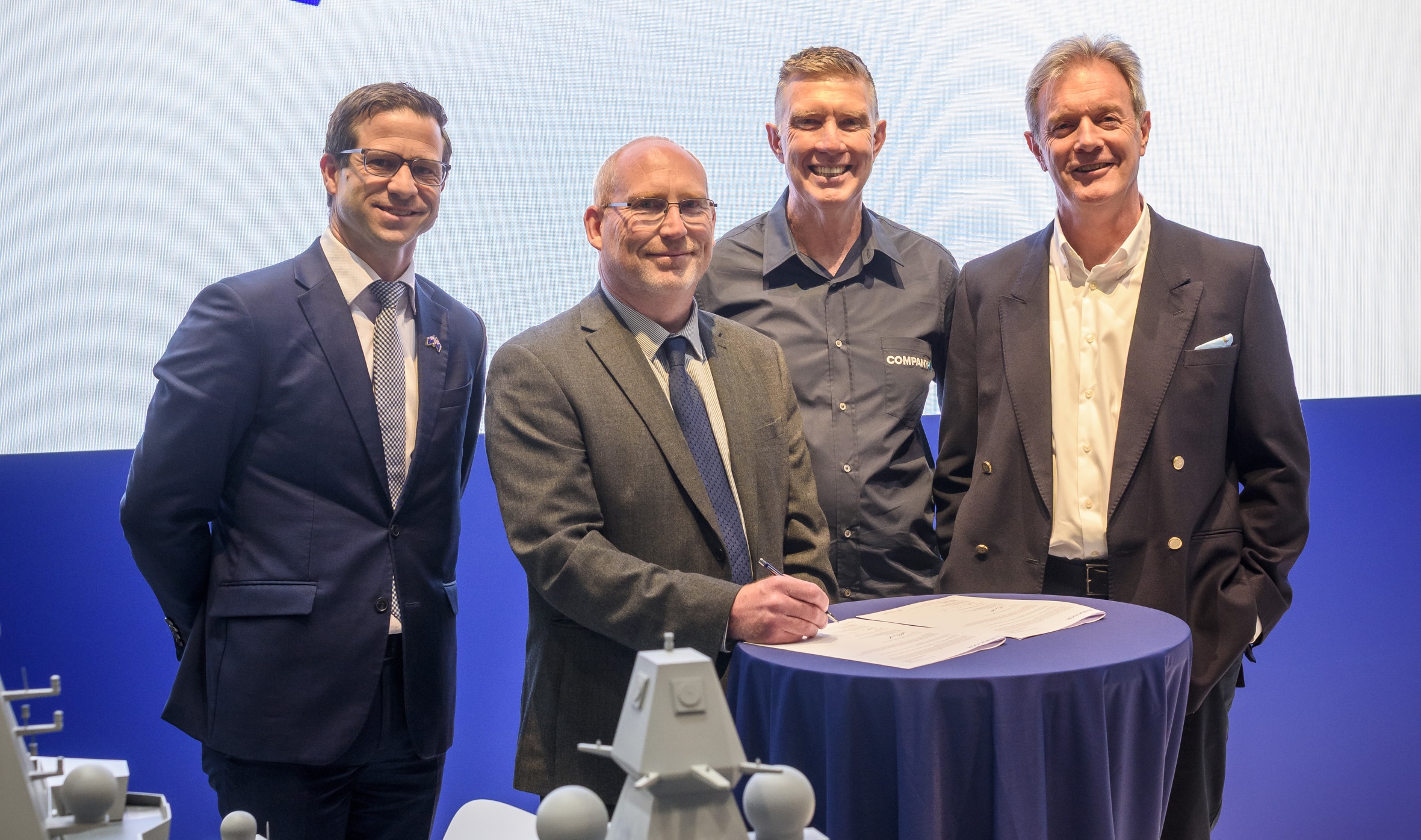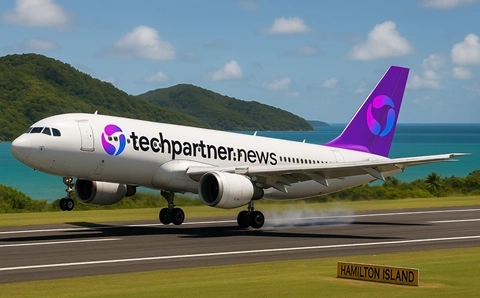After a six-year foray into virtual reality, New Zealand-based Company-X has made a deal to take one of its products global with defence company Babcock International.
Founded by director David Hallett and chief executive Jeremy Hughes, the company began by offering bespoke software solutions to enterprise customers, building and managing systems at the forefront of digital tech.
Six years ago, the company expanded into virtual reality and its recent deal with UK-based Babcock International that will see its VR flight deck training product distributed out to defence forces across the globe.
Company-X head of training and simulation Lance Bauerfeind said the agreement reflects international demand for New Zealand innovation and recognises the depth of experience that exists within its shores.
"The signing of this agreement means the ongoing development of systems that run the world better while continuing to showcase the exceptional talent that will secure the borders and future of Kiwis, both domestically and abroad," he said.
 (L-R) NZ Associate Minister for Defence Chris Penk, Babcock's Gary Bancroft, Company-X's Lance Bauerfeind, and Babcock's Nick Hine.
(L-R) NZ Associate Minister for Defence Chris Penk, Babcock's Gary Bancroft, Company-X's Lance Bauerfeind, and Babcock's Nick Hine.
While Company-X has a long history of delivering products to international organisations, this agreement is a landmark in its journey with VR.
The first project
In 2019, Company-X was approached by Pepper Creative, a training video production studio, founded and led by Lance Bauerfeind.
Bauerfeind had a long-standing interest in technology, so when a HTC Vive headset landed on his desk in 2016, he quickly realised the potential of virtual reality for the training industry.
Pepper Creative could hire the creative team to handle the development of the VR training programs, but they needed support for the data and integration work that so often comes with serving large organisations.
For this, they turned to Company-X and together the two companies delivered a project for a customer, which couldn't be named for commercial reasons.
Hallett told techpartner.news that not only was the project a success, but the teams worked very well together – a discovery that prompted discussion of a merger.
"Maybe Lance and Company-X could work together on these things because there's a lot of data play and integration work … it's a highly specialised area, the VR world, and it combines a lot of different things together,” he said.
So, in 2019, Company-X acquired Pepper Creative and Bauerfeind took over as head of training and simulation.
In the Navy
The move into VR quickly proved its value as the merged Company-X picked up a contract with the Royal New Zealand Navy.
The Navy was looking to accelerate the training of flight deck officers, the crew members in charge of overseeing the take-off and landing of helicopters at sea.
Bauerfeind explained that the Navy was facing constraints in how many people they could get out to sea to get certified.
”You can only finalise your training when you're out at sea; they go out to sea for five to six months and you can't take 20 people with you just to train them on landing helicopters, so what do you do?” he said.
“We created a simulation in VR, which helps them learn what the environment can be like and start to build up muscle memory about the process and what they need to be doing.”
The VR simulation can be delivered in an unguided mode, or with a wrist-based checklist to take the trainee through the steps.
VoiceAI is used to confirm that the trainee is saying the correct words at the right time.
The product is not designed to fully replace the practical experience necessary for certification, Bauerfeind stressed, but to ensure they are as prepared as possible when it comes time to be on deck.
As the product has been in use for just a few months, there is no official data on the efficacy of the VR training program, but early feedback has been “very positive”, he stated.
An accurate prediction
Hallett said Company-X has customers for VR training products in NZ, Australia, Europe and North America and with plans to further productise some of the training programs, that could soon expand even deeper and further into global markets.
While defence or oil and gas are obvious industries where the technology is finding a footing, Hallett explained that rather than thinking industry-first, they have worked out a simple method for ascertaining its viability in any given use case.
“We talk about the three reasons why anyone should do this,” he told techpartner.news.
“If it's expensive, if it's dangerous, and if it's bad for the environment – [they’re all reasons to] move it into a training environment,” he explained.
Bauerfeind said that the data coming back from early adopters about the benefits of VR in training was accelerating adoption.
“10 years ago, when I first started, it was really out there on the bleeding edge. Now, people from corporates, businesses and from defence, they understand that it actually it does provide the benefits that they're after,” he said.
Or as Hallett put it: “It’s amazing what difference a bit of evidence makes.”






_(11).jpg&h=142&w=230&c=1&s=1)





.jpg&w=100&c=1&s=0)
_(8).jpg&w=100&c=1&s=0)








.jpg&q=95&h=298&w=480&c=1&s=1)


